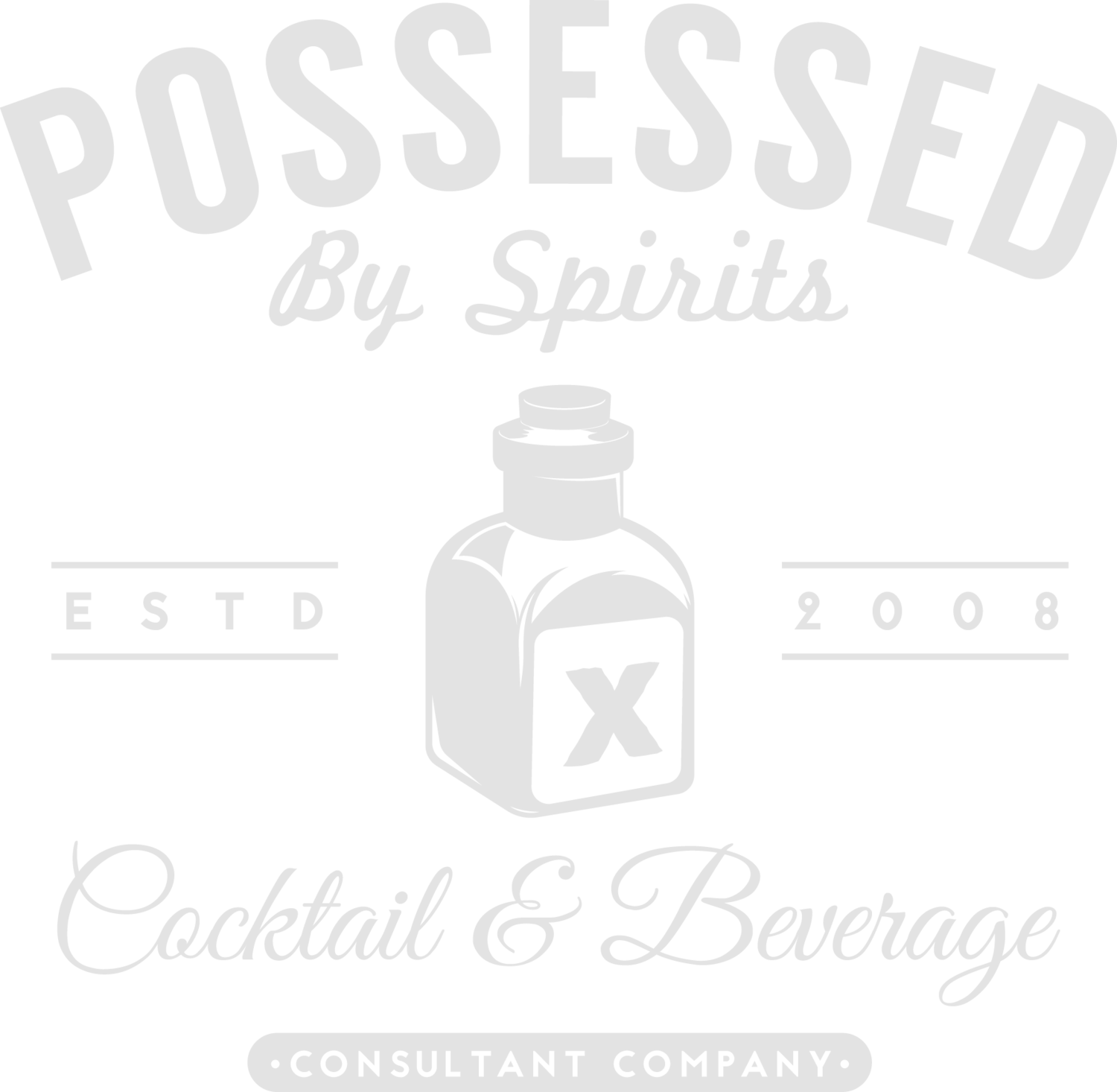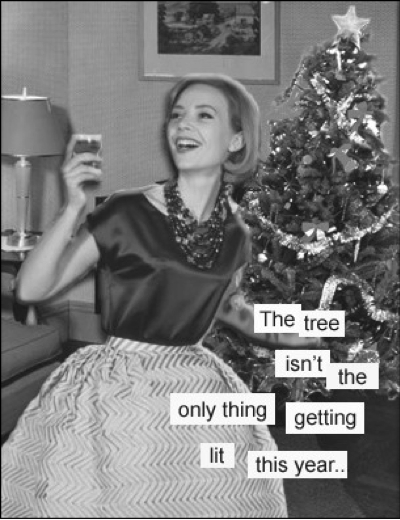There are few decisions that will affect the quality of cocktails in your bar more than what brands you choose as your well alcohol, or the term I prefer, house liquor – mostly because it sounds snazzier. When choosing your house liquor, it is very important that you take many factors into consideration.
Clearly the factor most bar managers take into mind, as least initially, is cost. However, this does not mean you should stock up on the cheapest stuff you can find. Although, this is often the case in many dives and nightclubs, as the dim lighting prevents you from seeing the labels, and presumably the company you are keeping.
Of course, this does not mean that you have to pawn off grandma’s pearls to suit your needs either. As much as we would all like to have Pappy 12 sitting in our well, the fact is, it is difficult to obtain and quite costly when you find it. Though, I have to admit that would be pretty impressive, if you could pull it off.
If, you are like most cocktail bars, you have already realized that the ideal bottle should be one that is of high quality, yet economical to work with. Unfortunately, the quest for quality can make it difficult to get a bottle for cheap, but remember, the key is not to aim for cheap, but rather economical -- cause a classy bar like yours doesn’t carry cheap stuff, right?
One nice thing you will notice straight away, is that a few categories offer some incredible values for a low price point, most notably rum -- 3rd world struggling economies -- and bourbon -- got to love government subsidized corn -- being two that stick out.
On the flip side, scotch and mezcal are going to be a couple that sit at the opposite end of the spectrum, with gin, tequila and most of the rest sitting in the middle. So, it does not hurt to keep those costs in mind while whipping up a “bartender’s choice” for a guest at the bar.
When it comes to looking for high-quality and value, you will have the best luck with the classic brands that have been around for generations. This is not only because many of them, not all, have a style tailor-made for classic cocktails, but also because all of their initial operating and opening costs were covered decades ago, thus they can now sell premium booze for a great deal.
This is why a distillery like Heaven Hill can make an economical house bourbon, yet a new boutique distillery that just started bottling 6 months ago, might not. That is not at all to imply that micro-batch spirits should be shunned for cocktails and menu placement.
On the contrary I believe many of them have been formulated specifically with great cocktails in mind. But unless you have the ability to sell $18 cocktails, most bars do not, be mindful of the liter cost.
If you are lucky enough to manage a bar where you are allowed a dual well, meaning you have one gin for shaken and another for stirred, than you are very fortunate and most bar managers envy your situation.
This is ideal, because it allows you the ability to pick a more aggressive and structured spirit to provide the backbone in a citrus-guided cocktail, such a Whiskey Sour or Daiquiri, and a more subtle and nuanced spirit for drinks, such as Old-Fashioneds and Martinis.
The upside of a dual well is that the liquor choice for your cocktails will most likely be that much more tailored, as to precisely the end result you have in mind. The downside being that two bottles of everything in your rail will, obviously, take up that much more room.
Also, it is much easier to negotiate weekly price breaks, on twelve bottles of Brand A whiskey, than it is on six bottles of Brand A and six bottles of Brand B. Not all states have those types of cost cutters built into the system, but for those of you that have access to them, you understand that these savings quickly add up, and can be used towards other things -- such as produce and repairing your Kold Draft machine...again.
Now that we have covered the basics, let’s move on to the next issue at hand: versatility. So, you picked out a rye for your well; it is coming in at an incredible bottle cost and it makes a decent Whiskey Sour, only problem is it makes a murky Old-Fashioned, but it gets worse: the Old-Fashioned is your number five top-selling cocktail. See where the problem is?
In your efforts to get a good deal, make sure you are not overlooking the most essential question, and that is how does it work in your cocktails. Does your house gin make an out of balance Negroni? Does your house bourbon make an abrasive Manhattan?
These may seem like obvious questions, but you would be surprised at how many otherwise incredible cocktail bars slip up on this very issue. When you find yourself faced with two options and you are on the fence as which way you should go between choices, try not to focus on the marketing trivia and brand talking points.
The first thing most bar managers do is try them neat and take notes on the subtleties in the spirits between them. This is a great first step, since this will give you a great foundation on which to make your decision.
But when it comes down to making the final call, I am a big believer that the best way to decide, is to do a blind tasting using your top-selling drinks with said spirit, and see which makes better cocktails.
You will be surprised sometimes, to find that the spirit you prefer neat is often your second choice when mixed in a cocktail. Too often the small differences we enjoy when sipped, are washed away when shaken up with lime juice and muddled mint.
This goes for many of your mixers and sodas as well. Just because you prefer Brand A Ginger Beer over Brand B to drink as a soft drink, does not mean it makes a better cocktail. The sharp burn of Brand B, which makes it too strong to drink on its own, might be the needed kick you are looking for in your Moscow Mule -- do people still drink those?
On that same note, I have seen a number of bars snatch a seemingly great deal, only to find out later it was not what they bargained for. Imagine a local bar that moves a ton of Cachaca in their seasonal Caipirinhas. They are moving about 18 liters a week, which is nothing to scoff at.
Because of the volume they do with this one drink, it gives them the buying power to score some really great deals, and not neglecting this, the bar manager ends up locking down a wonderful aged sipping Cachaca as their house Cachaca.
Unfortunately, the bar was so happy to hook up a good deal that they neglected to see if the spirit even made a decent Caipirinha, or more importantly, a better Caipirinha than a less expensive one -- possibly even one made by the same distiller.
Bottom line, the goal is to find the proper balance between cost and the integrity of the cocktails that you sell. Do not be fooled by brand tactics and marketing minutiae from sales reps, instead choose a well that work best for the drinks YOU make and the flavor profiles you work with.
Learn not to be bothered by pseudo-connoisseurs, who sneer because you do not have a $70 Cognac as your house brandy, but also know when to make your case against cost-conscience owners, who want to put Gilby’s or Barton’s on your cocktail list.
At the end of the day, it is all about what makes delicious cocktails at a reasonable cost, cause that is what your guests are walking in the door for and those are the folks we should aim to keep happy.




